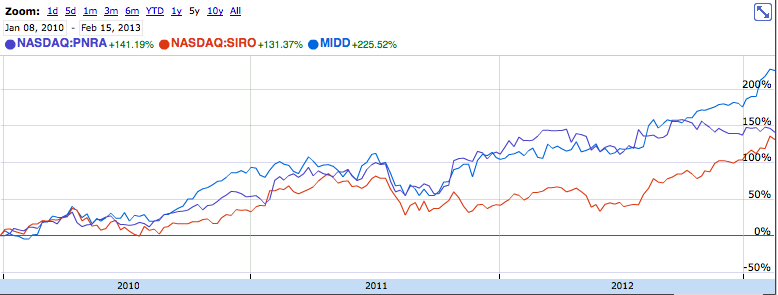Different catalysts matter for the different time frames. In short-term perspective, price momentum is the most powerful catalyst. Short-term could sometimes be a couple years in the market. Here are a few wise words, written in 2004, by someone who has been on both sides of the table – as a shareholder and company owner:
For years, a company’s price can have less to do with a company’s real prospects than with the excitement it and its supporters are able to generate among investors. That lesson was reinforced as I saw the Gandalf experience repeated with many different stocks over the next 10 years. Brokers and bankers market and sell stocks. Unless demand can be manufactured, the
stock will decline.If the value of a stock is what people will pay for it, then Broadcast.com was fairly valued. We were able to work with Morgan Stanley to create volume around the stock. Volume creates demand. Stocks don’t go up because companies do well or do poorly. Stocks go up and down depending on supply and demand. If a stock is marketed well enough to create more demand from buyers than there are sellers, the stock will go up. What about fundamentals? Fundamentals is a word invented by sellers to find buyers.
Price-earnings ratios, price-sales, the present value of future cash flows, pick one. Fundamentals are merely metrics created to help stockbrokers sell stocks, and to give buyers reassurance when buying stocks. Even how profits are calculated is manipulated to give confidence to buyers.
Jump over to read the whole story. It is well worth it.
Source: BlogMaverick
